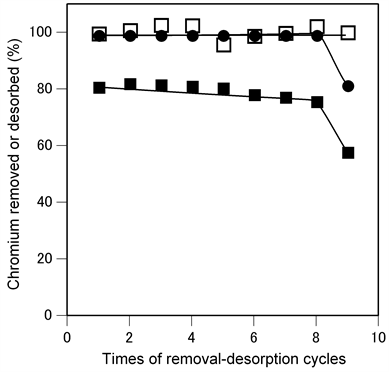

We developed a bioinformatics framework to analyze the sequence data and identify accurate VH and VL pairing. Here we describe the application of high-throughput single-cell sequencing to obtain the VH and VL sequences for antibodies from individual human, rat, and mouse B cells. High-throughput approaches that yield full-length variable regions for individual B cells at scale would enable routine application of large-scale immune repertoire sequencing to antibody discovery and detailed repertoire characterization. However, these techniques only infer full-length variable region sequences indirectly, and single-cell information is lost during library construction.

Recently, techniques that isolate individual cells in microwell plates or droplets of an emulsion, followed by physical linking of VH and VL regions through overlap extension RT-PCR, have demonstrated the potential for obtaining VH–VL pairing information in a high-throughput manner 5, 6, 7. Until recently, the majority of high-throughput sequencing approaches produced unpaired VH and VL repertoires, as generating paired information requires obtaining data at the individual cell level 4. Next-generation sequencing has been applied to understand the diversity of the variable regions of heavy (VH) and light chains (VL) that determine the antigen specificity of antibodies. The heavy and light chains are encoded in separate gene loci, and each B cell normally expresses a single functional heavy and light chain sequence. A mature antibody consists of two identical heavy chains linked through disulphide bonds and two identical light chains each linked to one of the heavy chains, generating two identical antigen-binding sites formed by the first immunoglobulin domain of each chain pair 2. Somatic hypermutation (SHM) and class switching add to antibody diversity. B cells produce a diverse array of antibodies by rearranging variable, diversity, and joining immunoglobulin germline gene segments 1, 2, 3. Our results establish scBCR-seq as a powerful tool for antibody discovery.Īntibody diversity is an important feature of the adaptive immune system. We synthesized, expressed and tested 93 clones from the identified lineages and found that 99% ( n = 92/93) of the clones were antigen-reactive.

Importantly, scBCR-seq identified an additional 710 candidate lineages not recovered as hybridomas. The scBCR-seq data recovered 81% ( n = 56/69) of B-cell lineages identified from hybridomas generated from the same set of B cells subjected to scBCR-seq. In addition, we immunized rats with chicken ovalbumin and profiled antigen-reactive B cells from lymph nodes of immunized animals. We sequenced more than 250,000 B cells from rat, mouse and human repertoires to characterize their lineages and expansion. Here we use high-throughput single-cell B-cell receptor sequencing (scBCR-seq) to obtain accurately paired full-length variable regions in a massively parallel fashion. Obtaining full-length antibody heavy- and light-chain variable regions from individual B cells at scale remains a challenging problem.


 0 kommentar(er)
0 kommentar(er)
